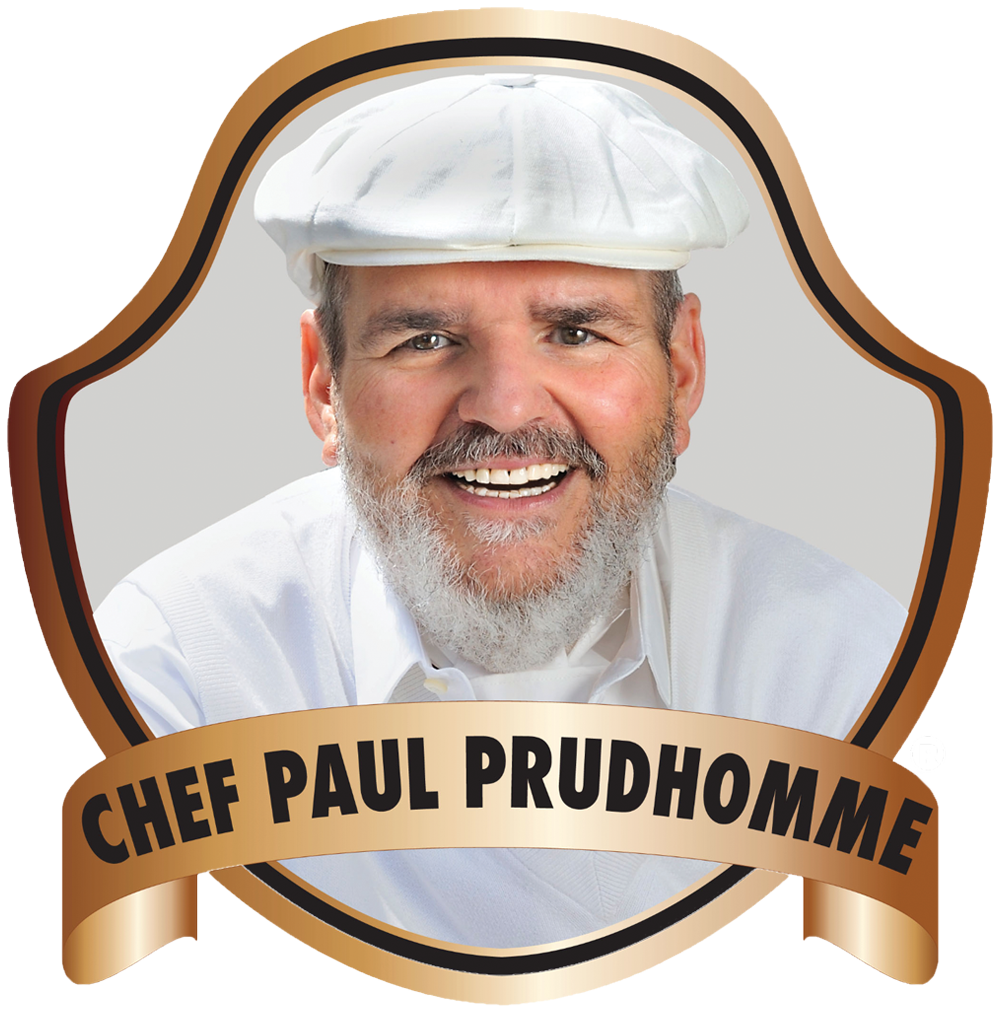The Potato That Started It All
The story of Chef Paul’s commitment to fresh ingredients begins with a potato—a moment of revelation that would shape modern American cooking.
Early in his career, while working at Elkhorn Lodge in Colorado, Chef Paul tried to recreate his mother’s potato dish but couldn’t match the flavor. The epiphany came when he realized what was missing: the simple act of digging potatoes fresh from the earth, just as he had done as a child in Opelousas, Louisiana.
This experience would define his entire approach to cooking and influence a generation of chefs.
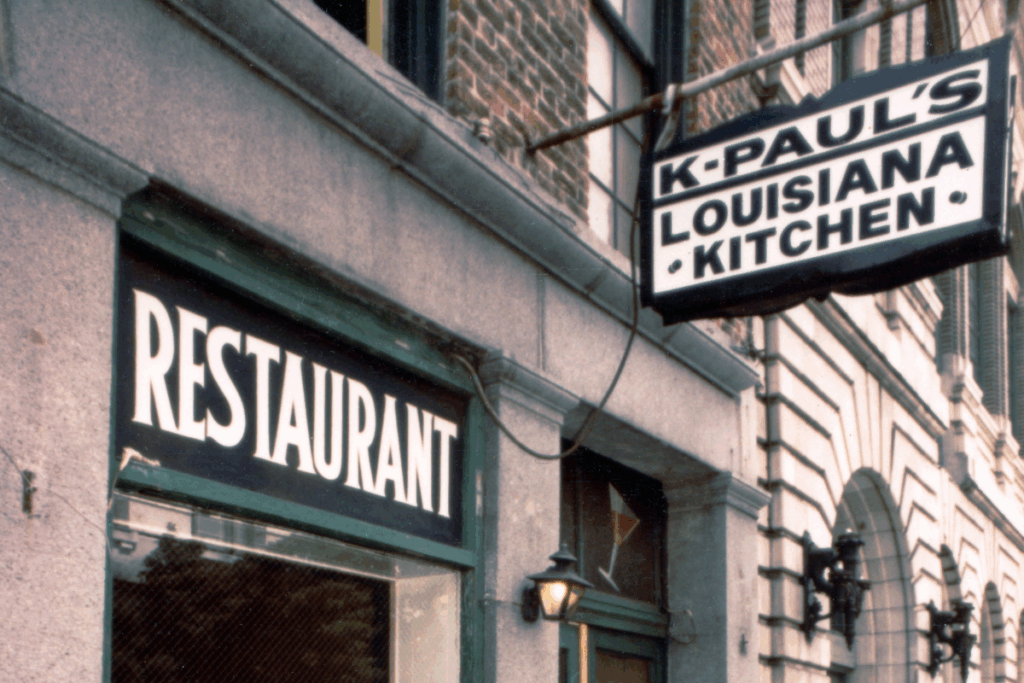
No Freezers, No Shortcuts
When Chef Paul opened K-Paul’s Louisiana Kitchen in 1979, he made a decision that seemed radical: the restaurant would have no freezers.
In an era when convenience foods and frozen products were becoming the norm in professional kitchens, K-Paul’s operated on a revolutionary premise—everything fresh, everything from scratch, every day.
Frank Brigtsen, who worked alongside Chef Paul, recalls how this commitment shaped their daily operations. The menu was created daily based on what was available and good that day. If an ingredient wasn’t at its peak, it simply wouldn’t appear on the menu.
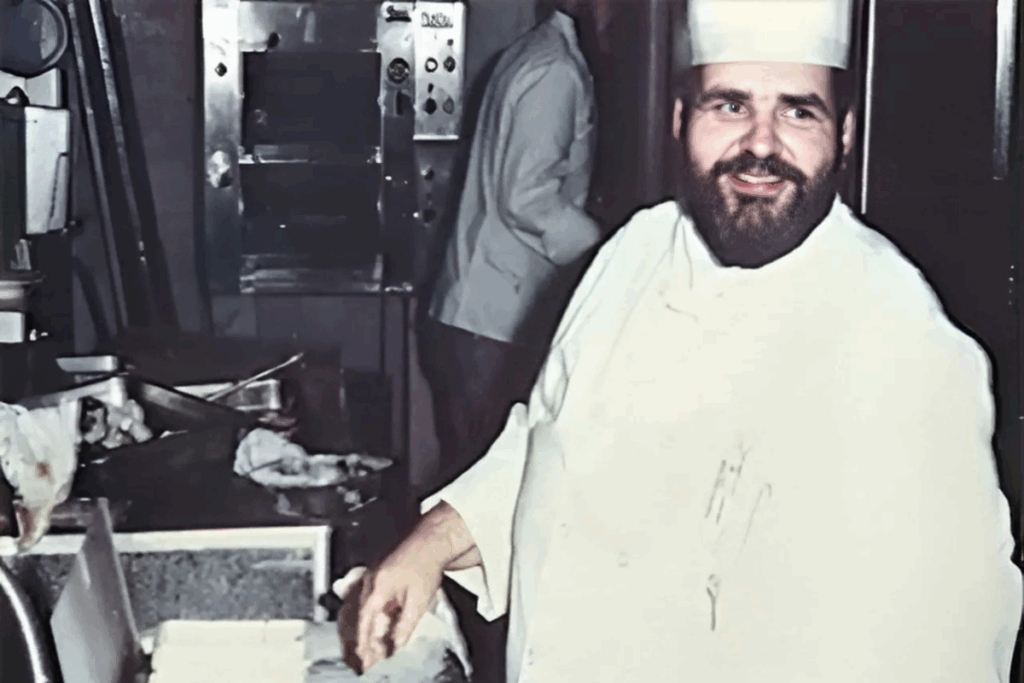
Building Relationships Through Food
This philosophy meant building deep relationships with suppliers. But for Chef Paul, it was about more than business—it was about people.
He would personally seek out the best local producers, often driving hours to source specific ingredients and taking time to understand their craft and stories.
Frank Brigtsen recalled one day when a woman walked in off the street with ziplock bags of fresh jumbo lump crabmeat. Where others might have turned away a non-traditional vendor, Chef Paul recognized quality. After tasting her crabmeat, he learned her story: she was the wife of an injured crabber who could no longer work. To support her family, she and her children would sit around their kitchen table picking crabmeat, which she steamed at home. From that day forward, Chef Paul not only became her regular customer—he quietly slipped extra money into her payments each time she delivered.
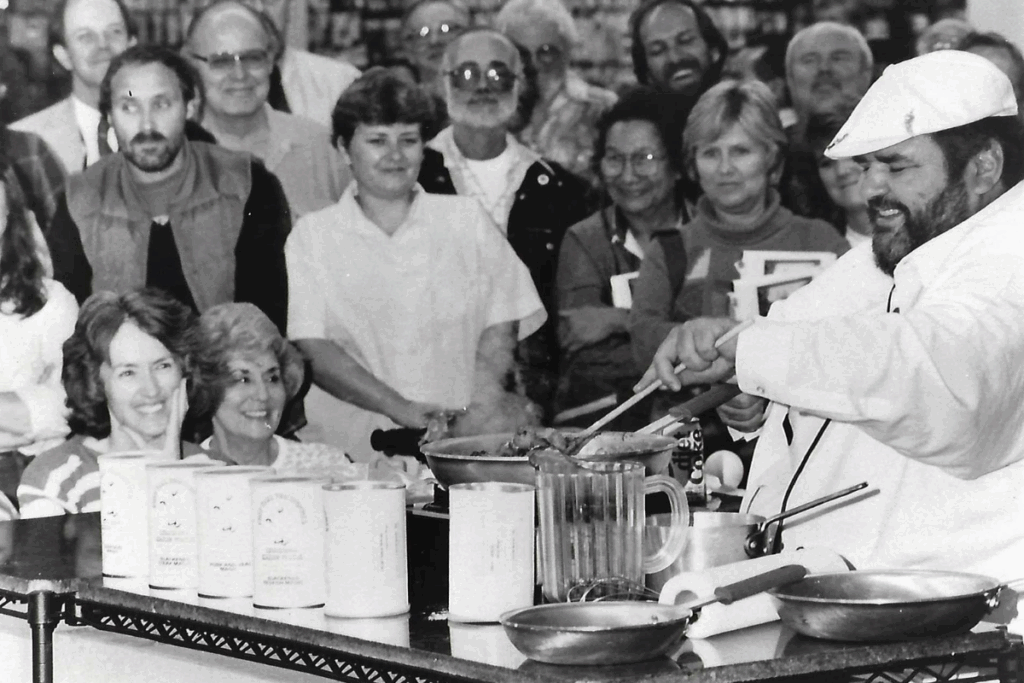
From Farm To City, Tradition to Table
Chef Paul’s network of suppliers extended well beyond Louisiana’s borders, reflecting his mission of bridging country and city cuisine. Greg Sonnier, who worked at K-Paul’s, recalled how Dan Crutchfield, a Mississippi farmer, would drive to New Orleans every week with fresh rabbits.
Frank Brigtsen remembered witnessing this connection firsthand: “I remember the first time Paul brought back tasso from the country. I can guarantee you that was the first time tasso crossed the parish line.”
These moments showed how Chef Paul took humble, traditional ingredients and elevated them to restaurant status in a truly revolutionary way.
The commitment to freshness continued once ingredients arrived at the restaurant. Mary Sonnier explained that the team handled everything themselves: “We butchered rabbits. We butchered legs of veal. We didn’t order. We butchered just about anything.” By doing everything in-house, they ensured quality and consistency from farm to plate.
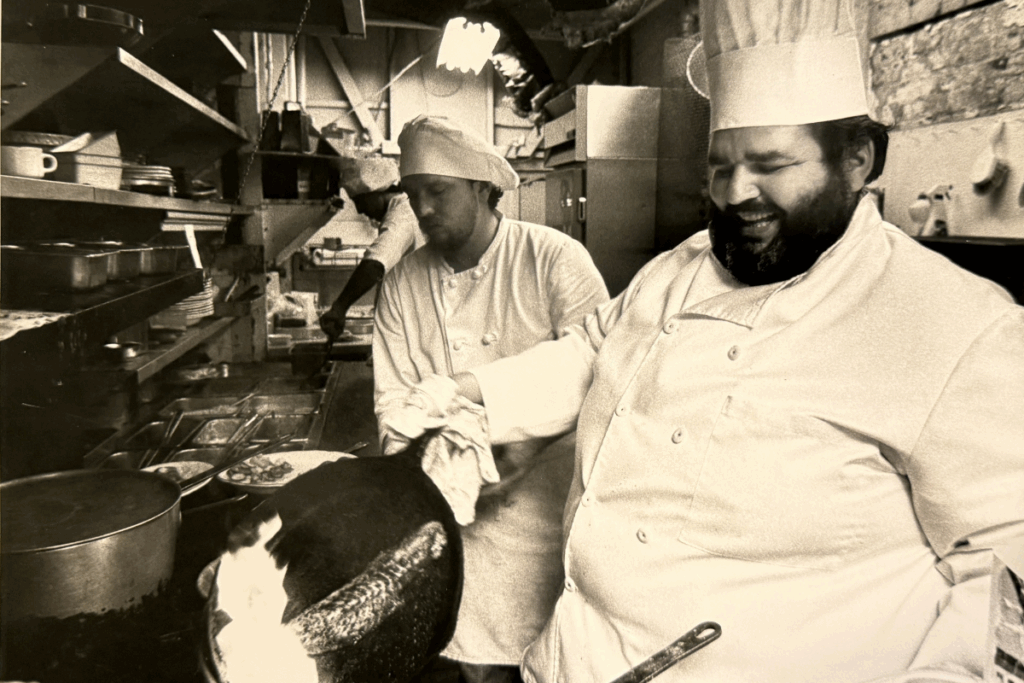
A Philosophy Ahead of Its Time
Chef Paul’s favorite saying about ingredients was deceptively simple: “The better your ingredients, the simpler your cooking can be.”
Decades before “farm-to-table” and “locally sourced” became buzzwords, Chef Paul lived these values every day. His work helped create a culture where diners care about where their food comes from and the story behind it.
Today, as sustainable sourcing, regenerative farming, and seasonal menus have become mainstream, chefs and home cooks alike echo the practices Chef Paul championed long before they were trends.
At a time when many chefs focused on complex techniques and elaborate presentations, Chef Paul reminded the world that great cooking starts in the field, not the kitchen.
